十九、運動檢測Motion detection:
Moving Object Extraction, Using Models or Analysis of Regions?[Project]
Background Subtraction: Experiments and Improvements for ViBe [Project]
A Self-Organizing Approach to Background Subtraction for Visual Surveillance Applications [Project]
changedetection.net: A new change detection benchmark dataset[Project]
ViBe - a powerful technique for background detection and subtraction in video sequences[Project]
Background Subtraction Program[Project]
Motion Detection Algorithms[Project]
Stuttgart Artificial Background Subtraction Dataset[Project]
Object Detection, Motion Estimation, and Tracking[Project]
Feature Detection and Description
General Libraries:?
VLFeat?– Implementation of various feature descriptors (including SIFT, HOG, and LBP) and covariant feature detectors (including DoG, Hessian, Harris Laplace, Hessian Laplace, Multiscale Hessian, Multiscale Harris). Easy-to-use Matlab interface. See?Modern features: Software?– Slides providing a demonstration of VLFeat and also links to other software. Check also?VLFeat hands-on session training
OpenCV?– Various implementations of modern feature detectors and descriptors (SIFT, SURF, FAST, BRIEF, ORB, FREAK, etc.)
Fast Keypoint Detectors for Real-time Applications:?
FAST?– High-speed corner detector implementation for a wide variety of platforms
AGAST?– Even faster than the FAST corner detector. A multi-scale version of this method is used for the BRISK descriptor (ECCV 2010).
Binary Descriptors for Real-Time Applications:?
BRIEF?– C++ code for a fast and accurate interest point descriptor (not invariant to rotations and scale) (ECCV 2010)
ORB?– OpenCV implementation of the Oriented-Brief (ORB) descriptor (invariant to rotations, but not scale)
BRISK?– Efficient Binary descriptor invariant to rotations and scale. It includes a Matlab mex interface. (ICCV 2011)
FREAK?– Faster than BRISK (invariant to rotations and scale) (CVPR 2012)
SIFT and SURF Implementations:?
SIFT:?VLFeat,?OpenCV,?Original code?by David Lowe,?GPU implementation,?OpenSIFT
SURF:?Herbert Bay’s code,?OpenCV,?GPU-SURF
Other Local Feature Detectors and Descriptors:?
VGG Affine Covariant features?– Oxford code for various affine covariant feature detectors and descriptors.
LIOP descriptor?– Source code for the Local Intensity order Pattern (LIOP) descriptor (ICCV 2011).
Local Symmetry Features?– Source code for matching of local symmetry features under large variations in lighting, age, and rendering style (CVPR 2012).
Global Image Descriptors:?
GIST?– Matlab code for the GIST descriptor
CENTRIST?– Global visual descriptor for scene categorization and object detection (PAMI 2011)
Feature Coding and Pooling?
VGG Feature Encoding Toolkit?– Source code for various state-of-the-art feature encoding methods – including Standard hard encoding, Kernel codebook encoding, Locality-constrained linear encoding, and Fisher kernel encoding.
Spatial Pyramid Matching?– Source code for feature pooling based on spatial pyramid matching (widely used for image classification)
Convolutional Nets and Deep Learning?
EBLearn?– C++ Library for Energy-Based Learning. It includes several demos and step-by-step instructions to train classifiers based on convolutional neural networks.
Torch7?– Provides a matlab-like environment for state-of-the-art machine learning algorithms, including a fast implementation of convolutional neural networks.
Deep Learning?- Various links for deep learning software.
Part-Based Models?
Deformable Part-based Detector?– Library provided by the authors of the original paper (state-of-the-art in PASCAL VOC detection task)
Efficient Deformable Part-Based Detector?– Branch-and-Bound implementation for a deformable part-based detector.
Accelerated Deformable Part Model?– Efficient implementation of a method that achieves the exact same performance of deformable part-based detectors but with significant acceleration (ECCV 2012).
Coarse-to-Fine Deformable Part Model?– Fast approach for deformable object detection (CVPR 2011).
Poselets?– C++ and Matlab versions for object detection based on poselets.
Part-based Face Detector and Pose Estimation?– Implementation of a unified approach for face detection, pose estimation, and landmark localization (CVPR 2012).
Attributes and Semantic Features?
– Modified implementation of RankSVM to train Relative Attributes (ICCV 2011).
Object Bank?– Implementation of object bank semantic features (NIPS 2010). See also?ActionBank
Classemes, Picodes, and Meta-class features?– Software for extracting high-level image descriptors (ECCV 2010, NIPS 2011, CVPR 2012).
Large-Scale Learning?
Additive Kernels?– Source code for fast additive kernel SVM classifiers (PAMI 2013).
LIBLINEAR?– Library for large-scale linear SVM classification.
VLFeat?– Implementation for Pegasos SVM and Homogeneous Kernel map.
Fast Indexing and Image Retrieval?
FLANN?– Library for performing fast approximate nearest neighbor.
Kernelized LSH?– Source code for Kernelized Locality-Sensitive Hashing (ICCV 2009).
ITQ Binary codes?– Code for generation of small binary codes using Iterative Quantization and other baselines such as Locality-Sensitive-Hashing (CVPR 2011).
INRIA Image Retrieval?– Efficient code for state-of-the-art large-scale image retrieval (CVPR 2011).
Object Detection?
See??and??above.
Pedestrian Detection at 100fps?– Very fast and accurate pedestrian detector (CVPR 2012).
Caltech Pedestrian Detection Benchmark?– Excellent resource for pedestrian detection, with various links for state-of-the-art implementations.
OpenCV?– Enhanced implementation of Viola&Jones real-time object detector, with trained models for face detection.
Efficient Subwindow Search?– Source code for branch-and-bound optimization for efficient object localization (CVPR 2008).
3D Recognition?
Point-Cloud Library?– Library for 3D image and point cloud processing.
Action Recognition?
ActionBank?– Source code for action recognition based on the ActionBank representation (CVPR 2012).
STIP Features?– software for computing space-time interest point descriptors
Independent Subspace Analysis?– Look for Stacked ISA for Videos (CVPR 2011)
Velocity Histories of Tracked Keypoints?- C++ code for activity recognition using the velocity histories of tracked keypoints (ICCV 2009)
Datasets
Attributes?
Animals with Attributes?– 30,475 images of 50 animals classes with 6 pre-extracted feature representations for each image.
aYahoo and aPascal?– Attribute annotations for images collected from Yahoo and Pascal VOC 2008.
FaceTracer?– 15,000 faces annotated with 10 attributes and fiducial points.
PubFig?– 58,797 face images of 200 people with 73 attribute classifier outputs.
LFW?– 13,233 face images of 5,749 people with 73 attribute classifier outputs.
Human Attributes?– 8,000 people with annotated attributes. Check also this?link?for another dataset of human attributes.
SUN Attribute Database?– Large-scale scene attribute database with a taxonomy of 102 attributes.
ImageNet Attributes?– Variety of attribute labels for the ImageNet dataset.
– Data for OSR and a subset of PubFig datasets. Check also this?link?for the WhittleSearch data.
Attribute Discovery Dataset?– Images of shopping categories associated with textual descriptions.
Fine-grained Visual Categorization?
Caltech-UCSD Birds Dataset?– Hundreds of bird categories with annotated parts and attributes.
Stanford Dogs Dataset?– 20,000 images of 120 breeds of dogs from around the world.
Oxford-IIIT Pet Dataset?– 37 category pet dataset with roughly 200 images for each class. Pixel level trimap segmentation is included.
Leeds Butterfly Dataset?– 832 images of 10 species of butterflies.
Oxford Flower Dataset?– Hundreds of flower categories.
Face Detection?
FDDB?– UMass face detection dataset and benchmark (5,000+ faces)
CMU/MIT?– Classical face detection dataset.
Face Recognition?
Face Recognition Homepage?– Large collection of face recognition datasets.
LFW?– UMass unconstrained face recognition dataset (13,000+ face images).
NIST Face Homepage?– includes face recognition grand challenge (FRGC), vendor tests (FRVT) and others.
CMU Multi-PIE?– contains more than 750,000 images of 337 people, with 15 different views and 19 lighting conditions.
FERET?– Classical face recognition dataset.
Deng Cai’s face dataset in Matlab Format?– Easy to use if you want play with simple face datasets including Yale, ORL, PIE, and Extended Yale B.
SCFace?– Low-resolution face dataset captured from surveillance cameras.
Handwritten Digits?
MNIST?– large dataset containing a training set of 60,000 examples, and a test set of 10,000 examples.
Pedestrian Detection
Caltech Pedestrian Detection Benchmark?– 10 hours of video taken from a vehicle,350K bounding boxes for about 2.3K unique pedestrians.
INRIA Person Dataset?– Currently one of the most popular pedestrian detection datasets.
ETH Pedestrian Dataset?– Urban dataset captured from a stereo rig mounted on a stroller.
TUD-Brussels Pedestrian Dataset?– Dataset with image pairs recorded in an crowded urban setting with an onboard camera.
PASCAL Human Detection?– One of 20 categories in PASCAL VOC detection challenges.
USC Pedestrian Dataset?– Small dataset captured from surveillance cameras.
Generic Object Recognition?
ImageNet?– Currently the largest visual recognition dataset in terms of number of categories and images.
Tiny Images?– 80 million 32x32 low resolution images.
Pascal VOC?– One of the most influential visual recognition datasets.
Caltech 101?/?Caltech 256?– Popular image datasets containing 101 and 256 object categories, respectively.
MIT LabelMe?– Online annotation tool for building computer vision databases.
Scene Recognition
MIT SUN Dataset?– MIT scene understanding dataset.
UIUC Fifteen Scene Categories?– Dataset of 15 natural scene categories.
Feature Detection and Description?
VGG Affine Dataset?– Widely used dataset for measuring performance of feature detection and description. CheckVLBenchmarks?for an evaluation framework.
Action Recognition
Benchmarking Activity Recognition?– CVPR 2012 tutorial covering various datasets for action recognition.
RGBD Recognition?
RGB-D Object Dataset?– Dataset containing 300 common household objects
Reference:
 電子發燒友App
電子發燒友App








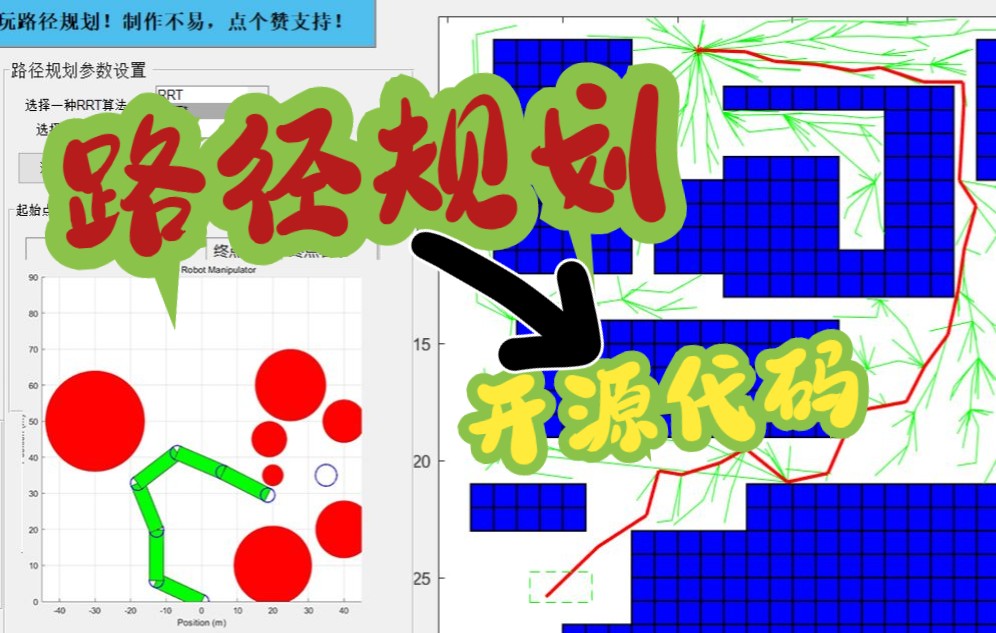
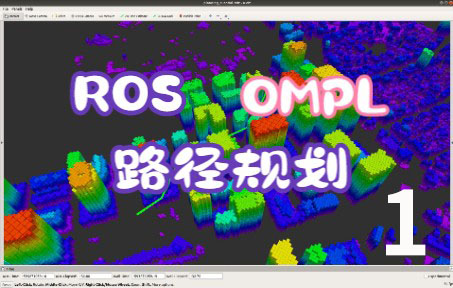
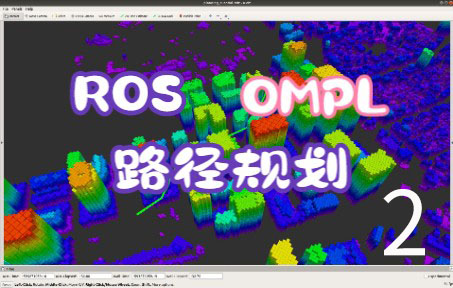
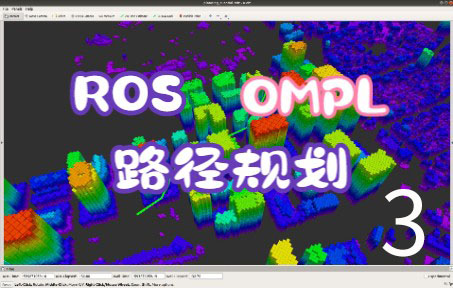
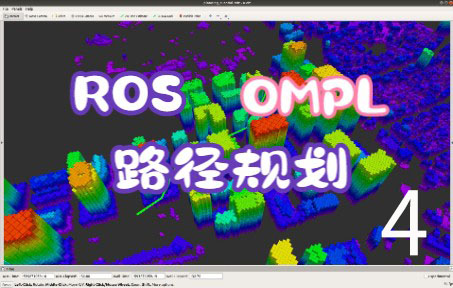

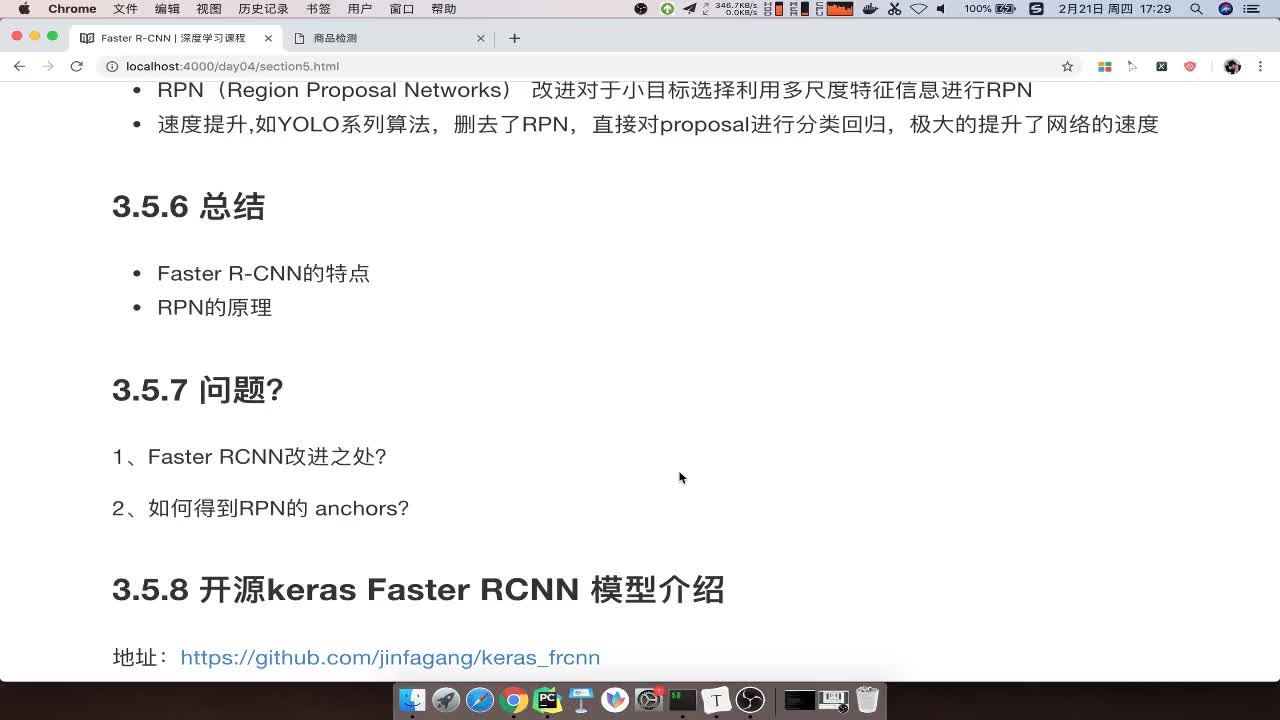

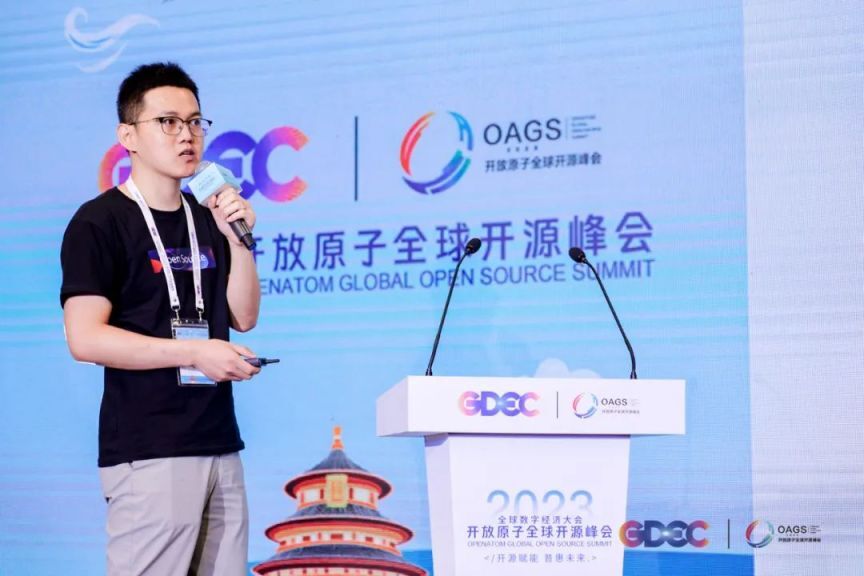











評論